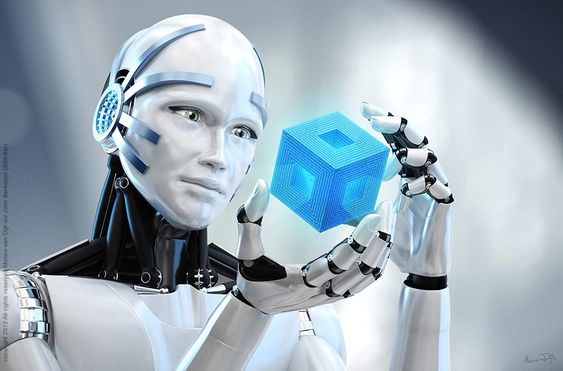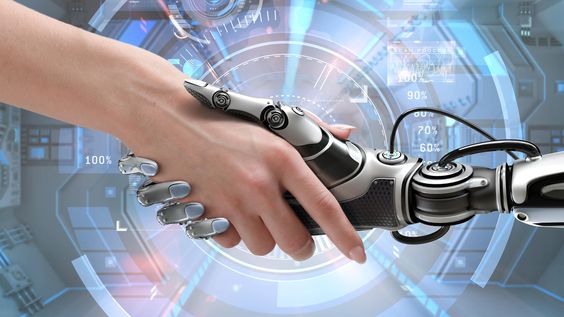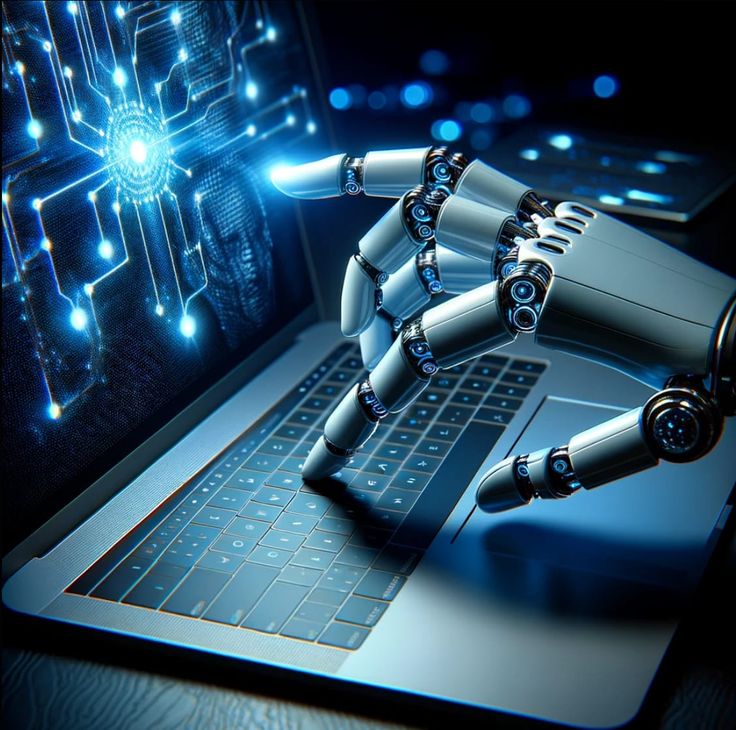In the rapidly evolving landscape of engineering, where innovation and efficiency are paramount, AI (Artificial Intelligence) stands as a transformative force, particularly in the realm of design. From conceptualization to validation, AI is reshaping the way engineers approach and execute design tasks, ushering in a new era of creativity, precision, and optimization.
Enhanced Creativity and Conceptualization
Traditionally, engineering design has relied heavily on human creativity and expertise, often constrained by practical limitations and preconceived notions. AI injects a fresh perspective into this process by leveraging vast datasets and sophisticated algorithms to generate novel design concepts. Through techniques like generative design, AI can explore countless design possibilities, pushing the boundaries of what was once considered feasible. By breaking free from conventional thinking patterns, engineers can uncover innovative solutions to complex problems, fueling creativity and fostering ingenuity.
Optimization and Efficiency
Beyond ideation, AI plays a crucial role in optimizing designs for performance, cost, and sustainability. Through advanced optimization algorithms, AI can analyze and refine designs across multiple parameters, identifying optimal configurations that balance conflicting objectives. Whether it’s reducing material usage in structural design, minimizing energy consumption in HVAC systems, or enhancing aerodynamic efficiency in automotive engineering, AI-driven optimization algorithms unlock unprecedented levels of efficiency and performance, leading to superior products and systems.

Predictive Analysis and Validation
In the past, validating design concepts often involved time-consuming and costly prototyping and testing processes. AI revolutionizes this aspect of engineering design by enabling predictive analysis and virtual prototyping. Through the development of physics-based simulations and machine learning models, AI can accurately predict the behavior and performance of complex systems under various conditions. Engineers can simulate and analyze different scenarios, anticipate potential challenges, and iterate on designs in a virtual environment, significantly reducing time-to-market and development costs while ensuring robustness and reliability.
Human-AI Collaboration
Despite its remarkable capabilities, AI is not intended to replace human ingenuity but rather to augment and enhance it. In the realm of engineering design, human-AI collaboration is essential for harnessing the full potential of AI technologies. Engineers provide domain expertise, creativity, and contextual understanding, while AI complements these strengths with data-driven insights, computational power, and optimization capabilities. By fostering symbiotic relationships between humans and machines, organizations can unleash the collective intelligence of both, driving innovation and achieving breakthroughs that were previously unimaginable.

Challenges and Ethical Considerations
While the prospects of AI in engineering design are undeniably exciting, they also pose significant challenges and ethical considerations. Issues such as algorithmic bias, data privacy, and job displacement require careful attention and proactive measures to address. Moreover, the reliance on AI technologies raises questions about accountability, transparency, and the potential for unintended consequences. Engineers, policymakers, and society as a whole must engage in meaningful dialogue and collaboration to ensure that AI is deployed responsibly and ethically, harnessing its benefits while mitigating risks.
The Future of Engineering Design
As AI continues to evolve and mature, its impact on engineering design will only deepen, unlocking new possibilities and reshaping industry norms. From sustainable infrastructure to next-generation transportation systems, AI-driven design promises to revolutionize the way we conceive, create, and optimize the technologies of tomorrow. By embracing AI as a collaborative partner and harnessing its transformative potential, engineers can propel innovation forward, driving progress and shaping a brighter future for humanity.
AI is not merely a tool but a catalyst for innovation and transformation in engineering design. By harnessing the power of AI-driven creativity, optimization, and validation, engineers can unlock new frontiers of possibility, driving progress and shaping a better world for generations to come.

